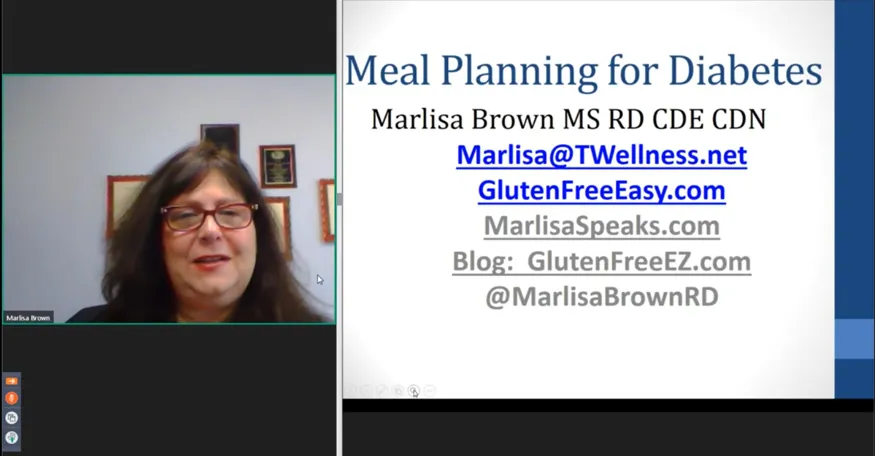Practical Strategies and Meal Plans for Patients with Diabetes

Huge increases in diagnoses for diabetes has healthcare workers stressed to keep up with frequent changes in medical treatment. Staying up to date with your diabetes treatments can make the difference between a happy and healthy patient and a fussy and unsure patient, especially when it comes to meal planning.
Of course, every patient is different. Marlisa Brown, MS, RD, CDE, CDN, explains “No standard meal plan or eating pattern works universally for all persons with diabetes.” Not all your clients are going to be willing to go above and beyond when changing their lives to fit diabetes into it.
Marlisa believes that there are 8 things you need to take into consideration before you recommend a meal plan to fit into a patient’s life:
Within the FREE training, you will also learn recommendations for specific nutrient modifications, nutrition assessment, patient monitoring and evaluation methods, and problem solving.
Of course, every patient is different. Marlisa Brown, MS, RD, CDE, CDN, explains “No standard meal plan or eating pattern works universally for all persons with diabetes.” Not all your clients are going to be willing to go above and beyond when changing their lives to fit diabetes into it.
Marlisa believes that there are 8 things you need to take into consideration before you recommend a meal plan to fit into a patient’s life:
- Blood glucose control
- Current diet
- Nutrition management priorities
- Eating patterns
- Nutrition therapy
- Meal preferences
- Pattern management
- Nutrition management priorities
- Type of work
- Physical activity
- Energy balance
- Meidcations
- Major classes of medication
- Social economic
- Culture
- Willingness to change
- Carbohydrates
- Fiber and resistant starch
- Fats
- Alcohol
- Sodium
- Guidelines
Within the FREE training, you will also learn recommendations for specific nutrient modifications, nutrition assessment, patient monitoring and evaluation methods, and problem solving.
Diabetes Certificate Course

Diabetes management has evolved! Join Laurie Klipfel, RN, MSN, ANP-BC, CDCES, for a comprehensive walk through of the updated ADA standards for testing, ADCES7 diabetes care framework, and the latest treatment options.
Go beyond Type 1 and Type 2 pathophysiology – this self-paced certificate course is packed full of practical tips and strategies, case studies and demonstrations based on Laurie’s 20+ years of experience as a certified diabetes care and education specialist.
Go beyond Type 1 and Type 2 pathophysiology – this self-paced certificate course is packed full of practical tips and strategies, case studies and demonstrations based on Laurie’s 20+ years of experience as a certified diabetes care and education specialist.






